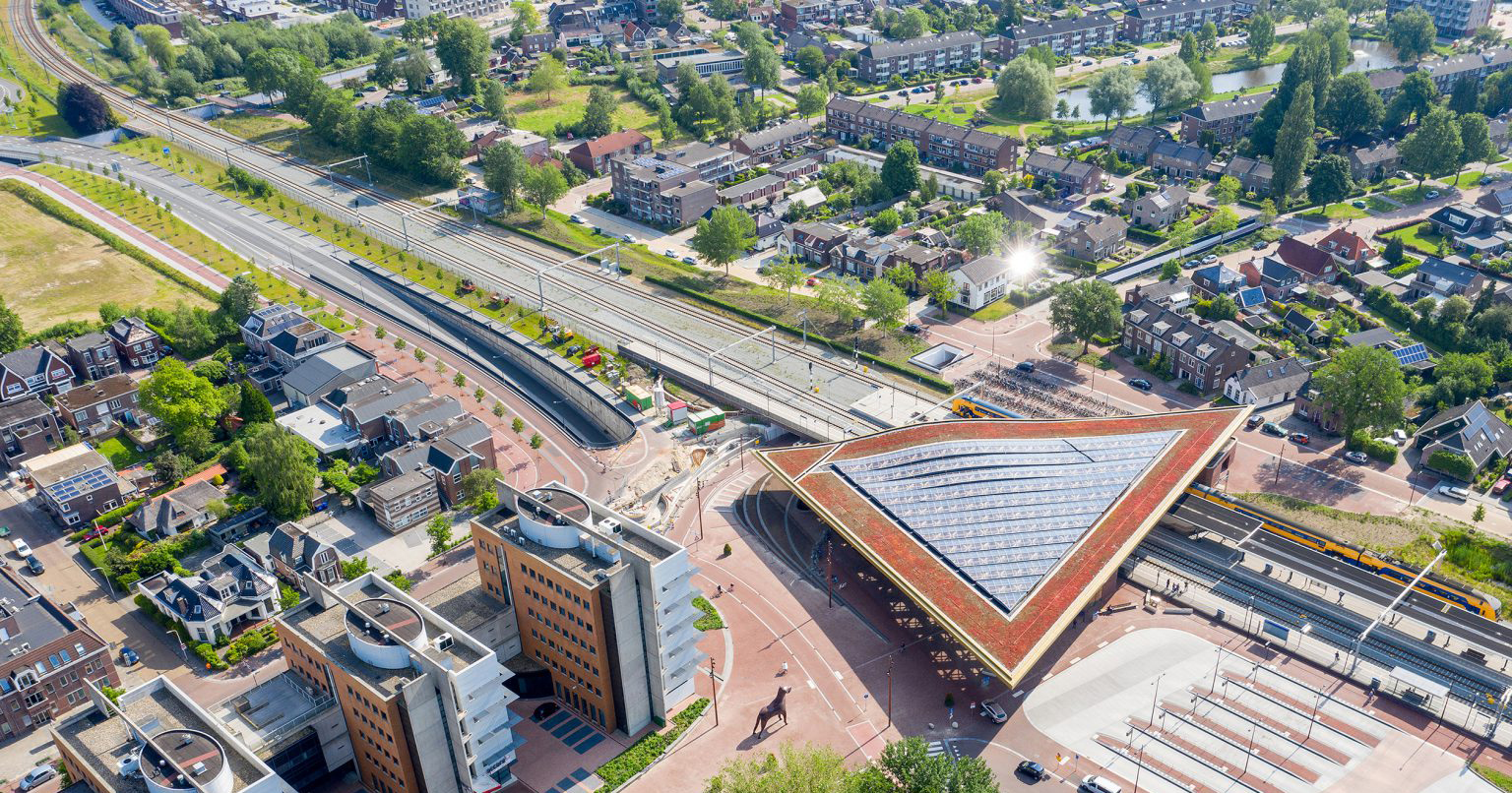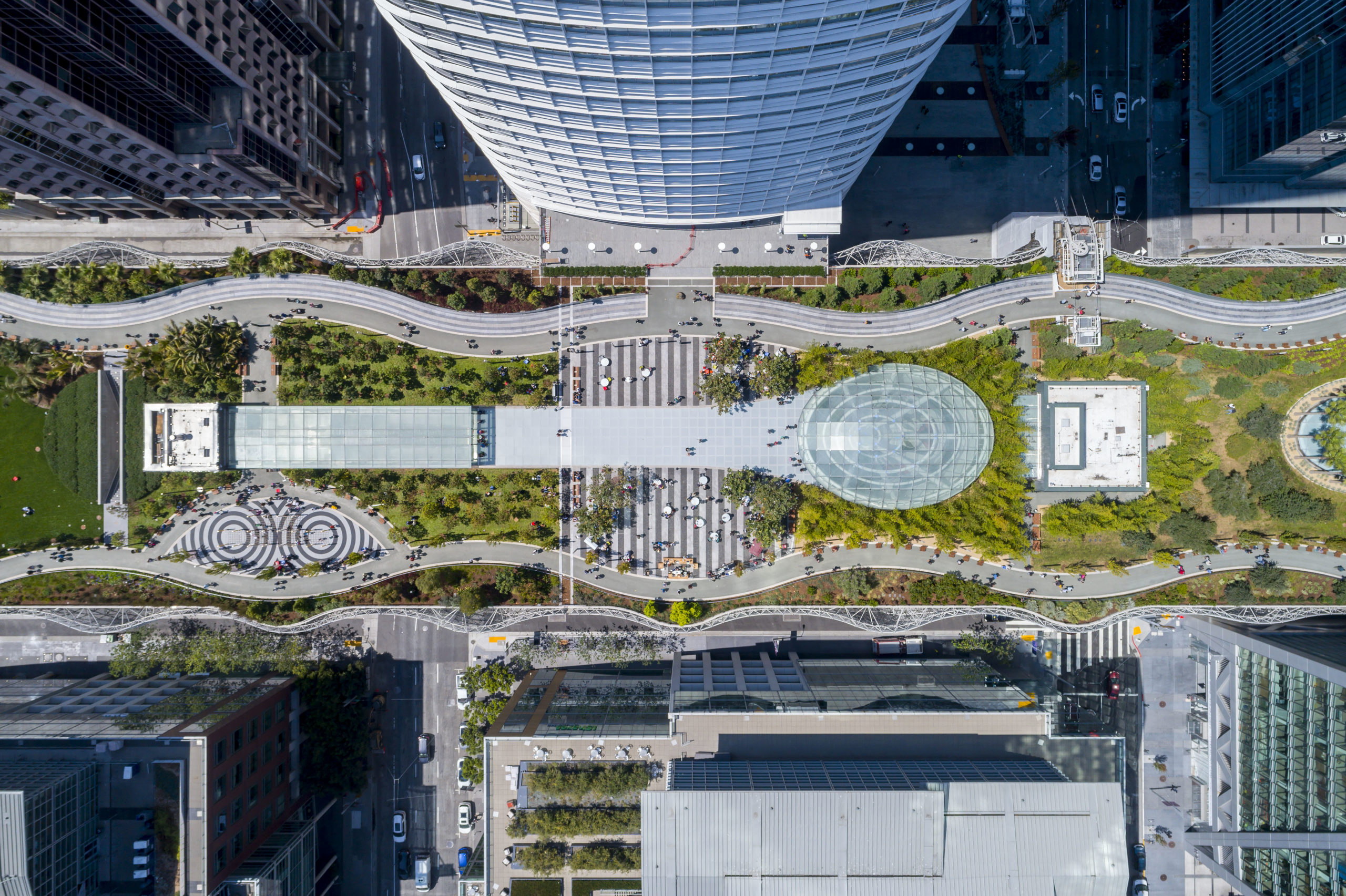The latest edition of “Architizer: The World’s Best Architecture” — a stunning, hardbound book celebrating the most inspiring contemporary architecture from around the globe — is now available. Order your copy today.
Urban regeneration takes many forms, from reimagining structures after deindustrialization to developing creative schemes for districts that have deteriorated without vision or investment. More often than not, urban regeneration gets a bad rap for closing your favorite local diner and replacing it with a Starbucks. Still, for every metamorphosis we might oppose, there is an abundance of transformations that deserve to be praised.
Across the world, many cities are planning, investing and evolving to meet the needs of their residents. Over the last decade, with the evolution of technology, a crusade by creative industries and a transformation of priorities in younger people, many small towns and cities have found their feet and are systematically blossoming into thriving, prosperous metropolitan hubs.
Taitung, Taiwan
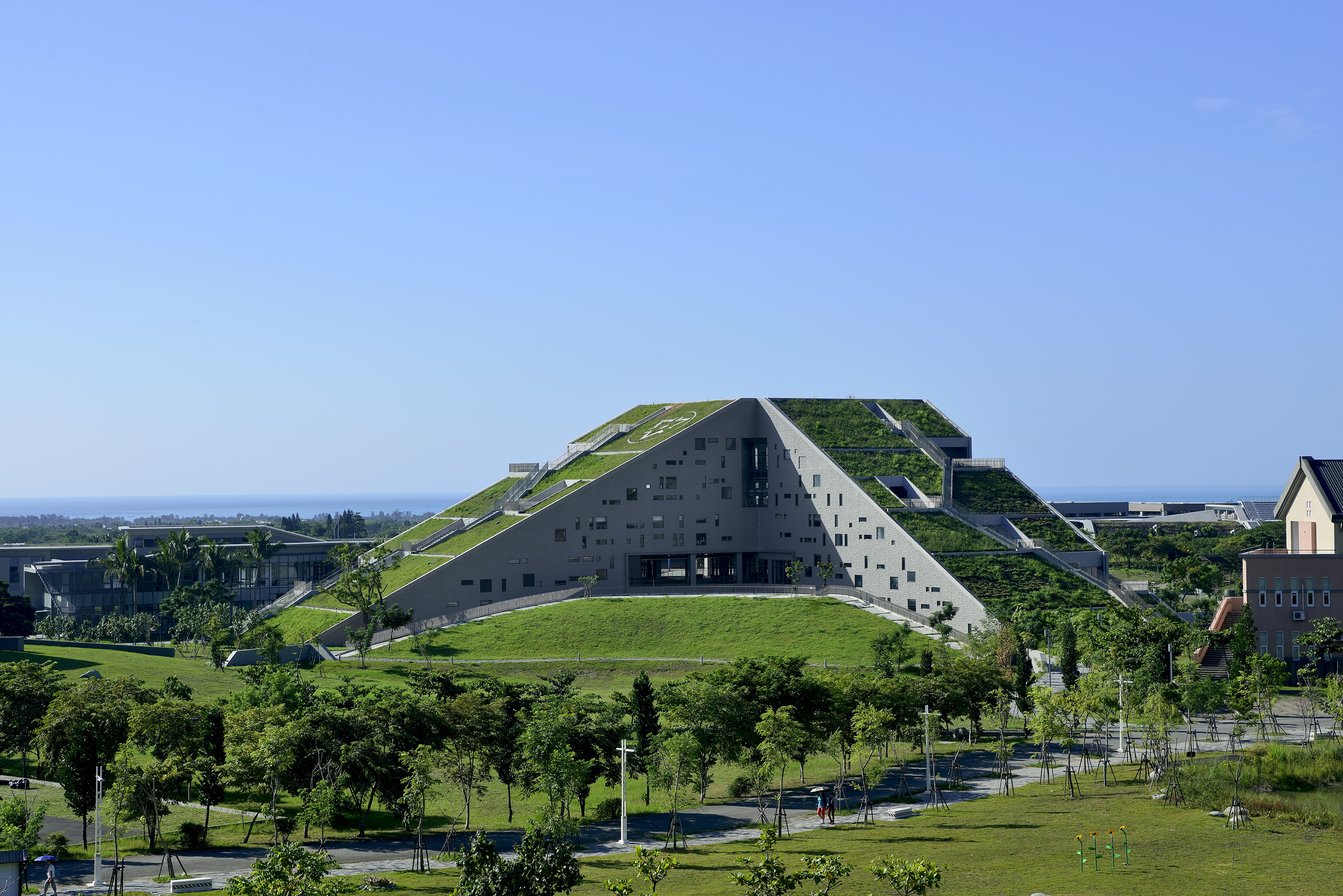
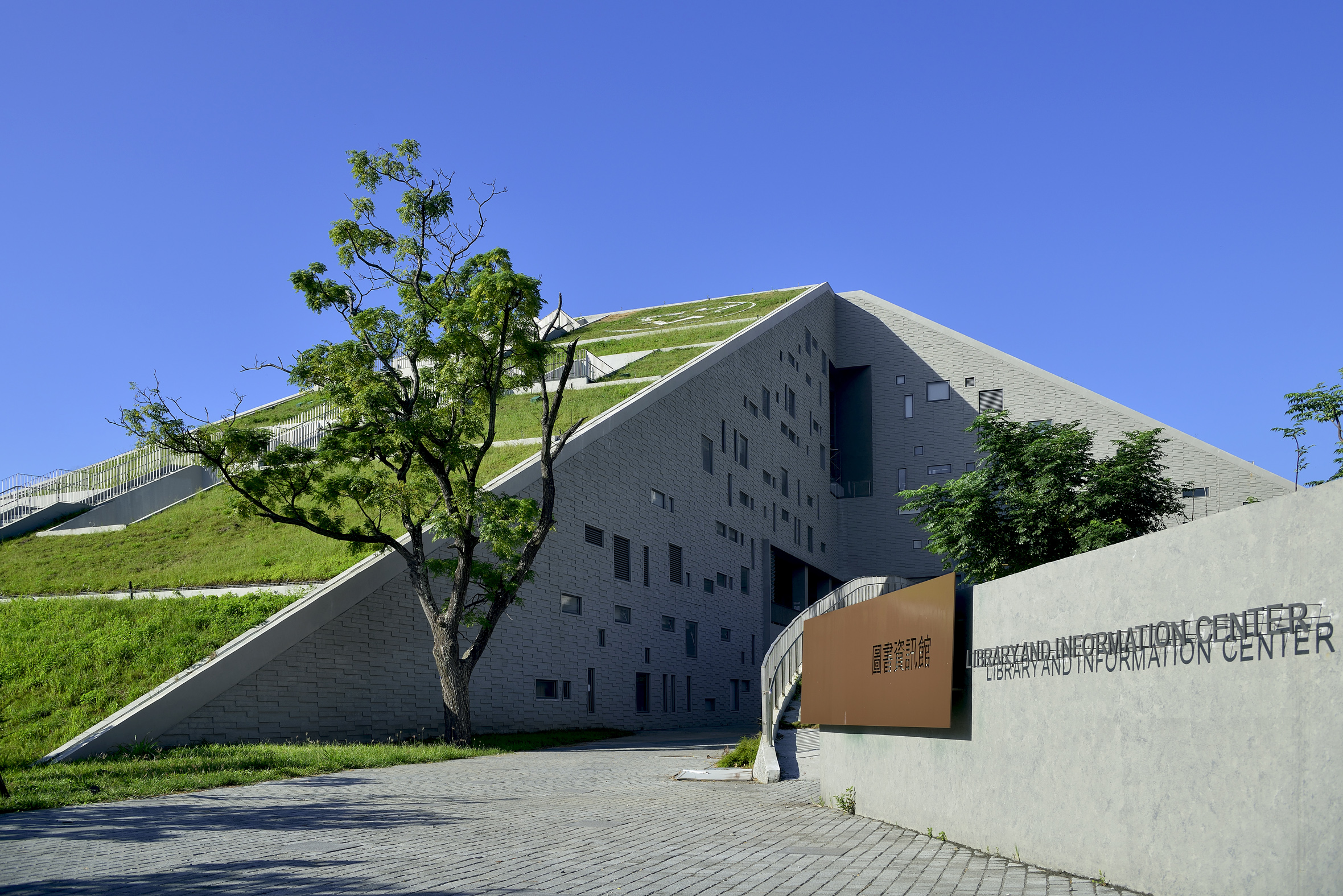
National Taitung University Library and Information Center by EDS International, Taitung, Taiwan
Taitung is a small, progressive city in Taiwan set between the mountains and the Philippine sea. It is a dynamic city with an inspiring backdrop that has enticed the adventurous and the artistic in recent years. The Blue skies and comfortable lifestyle enjoyed by residents is drawing writers and artists to Taiwan’s southeast coast with surfers and climbers commonly relocating here. The pyramid-shaped library at the National Taitung University speaks volumes about this tropical city’s culture. As a major landmark building of the campus, the library responds to the mountainous and water context in architectural form. The arrival of an international school has enabled professionals and entrepreneurs to relocate with their families from the more widely known area of Taipei.
Assen, Netherlands

Assen Station by De Zwarte Hond, Assen, Netherlands
After the Second World War, Assen did not have more than 20,000 inhabitants. The Assen TT made the city more widely known prior to the time, but it was not until the 1950s, with the development of an industrial core, that Assen began to grow more quickly. Soon after, the city became the home of the oil company The Nederlandse Aardolie Maatschappij, and with that, a trend was set.
Now, with approximately 70,000 inhabitants, Assen is known not only because of its TT, Bartje and the Drentse Rijwielvierdaagse, but also as the fastest-growing city in the northern part of the Netherlands. Currently, the city is facing unprecedented growth in houses and inhabitants, with ample job opportunities and a high-quality standard of living. The northern Dutch province prides itself on having a distinct regional identity. It’s an area where the old meets the new and where many traditions prevail, yet modern redevelopment and diversification are encouraged.
Ghaziabad, India
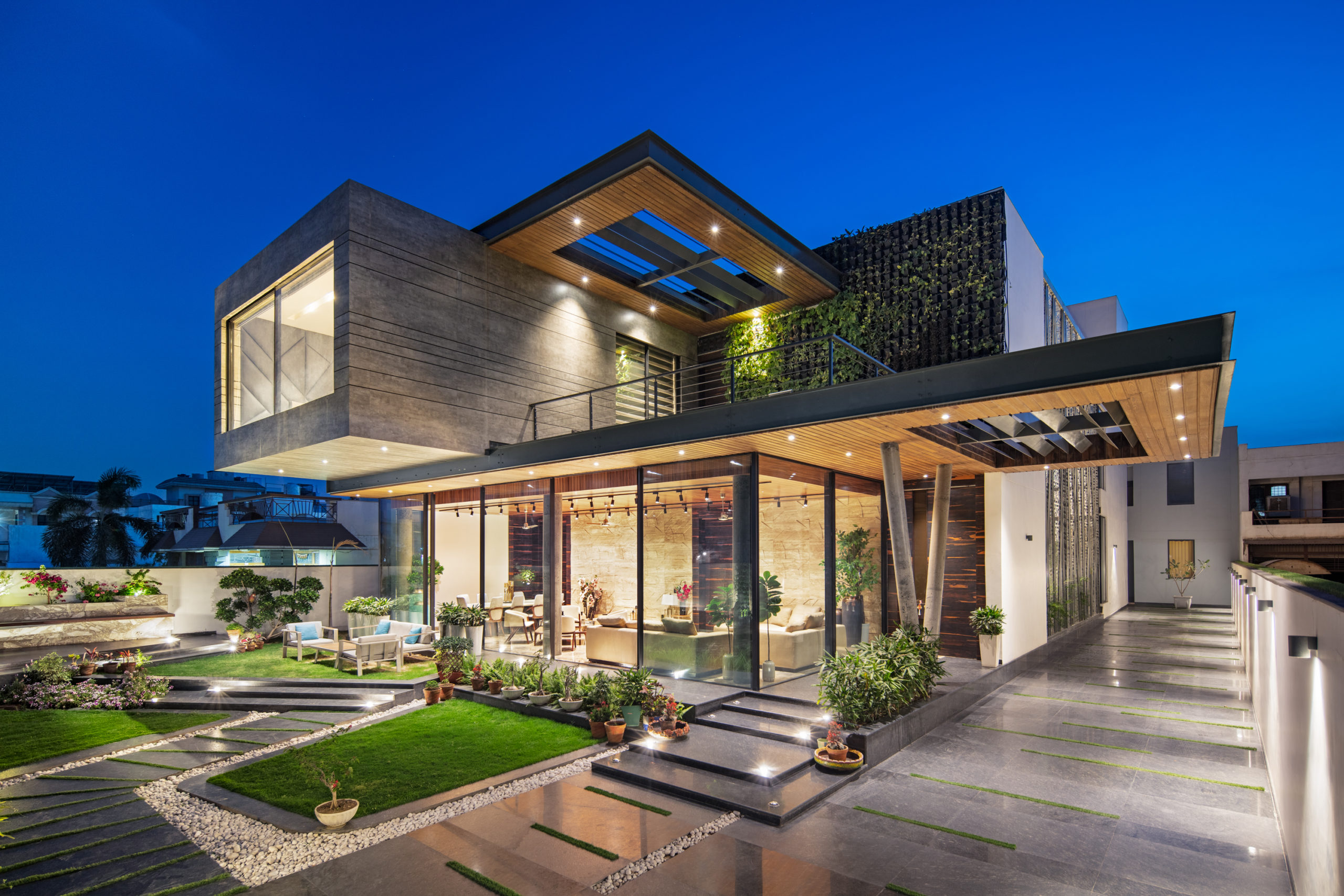
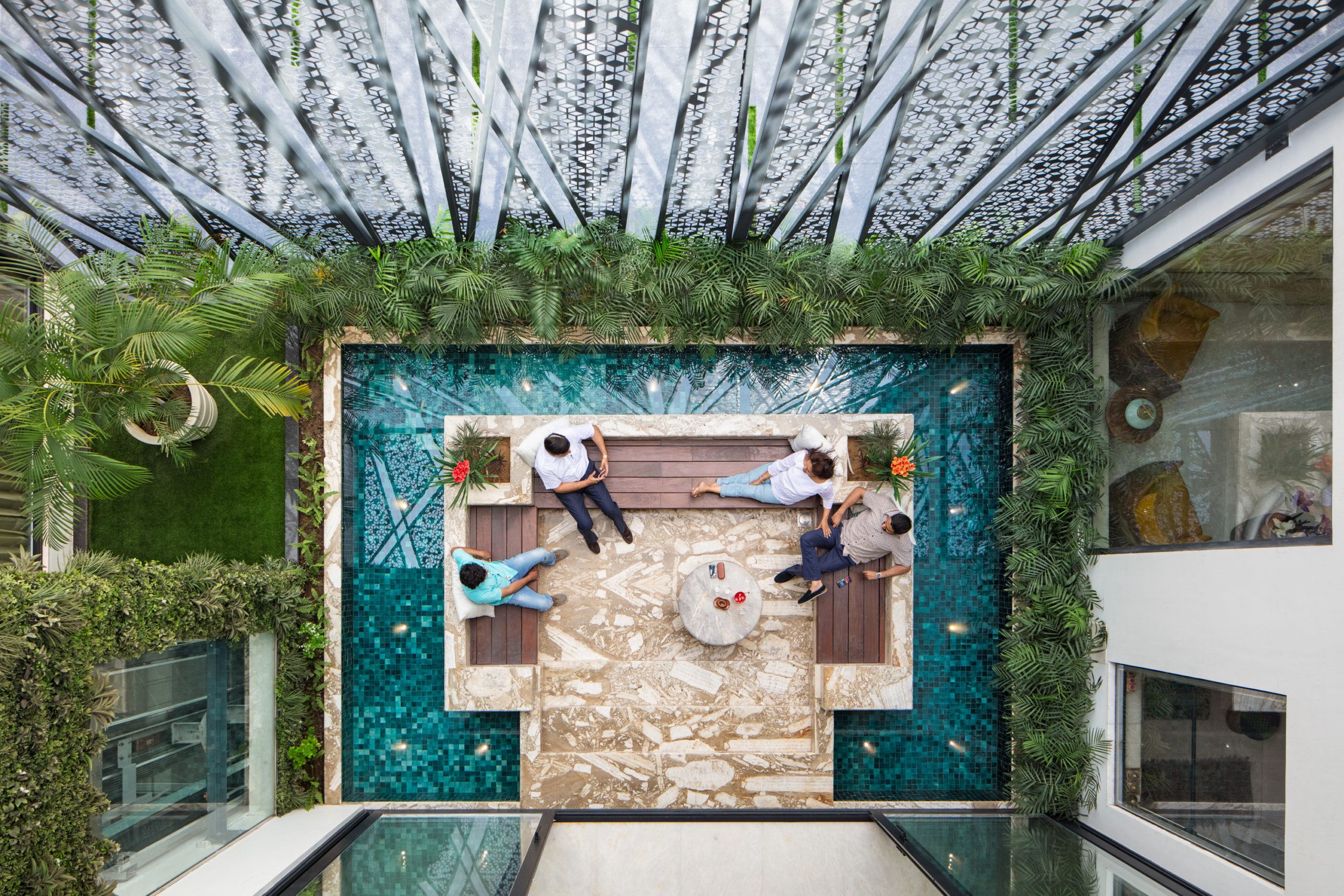
The Cantilever House by ZED Lab, Ghaziabad, India
Close to neighboring Delhi, the Indian city of Ghaziabad has recorded the second-highest annual growth rate in the world. In recent years, the city has evolved into one of India’s most dynamic industrial cities. The industrial successes of the region’s manufacturing enterprises have made the city a favorite place for workers to avoid the inner city expenses and often inadequate services of Delhi. With an abundance of low-cost residential flats and apartments, the quality of educational institutions and reliable infrastructure for commuting alongside higher employment rates, Ghaziabad is fast becoming a widely developed, diverse and prosperous city.
Leuven, Belgium
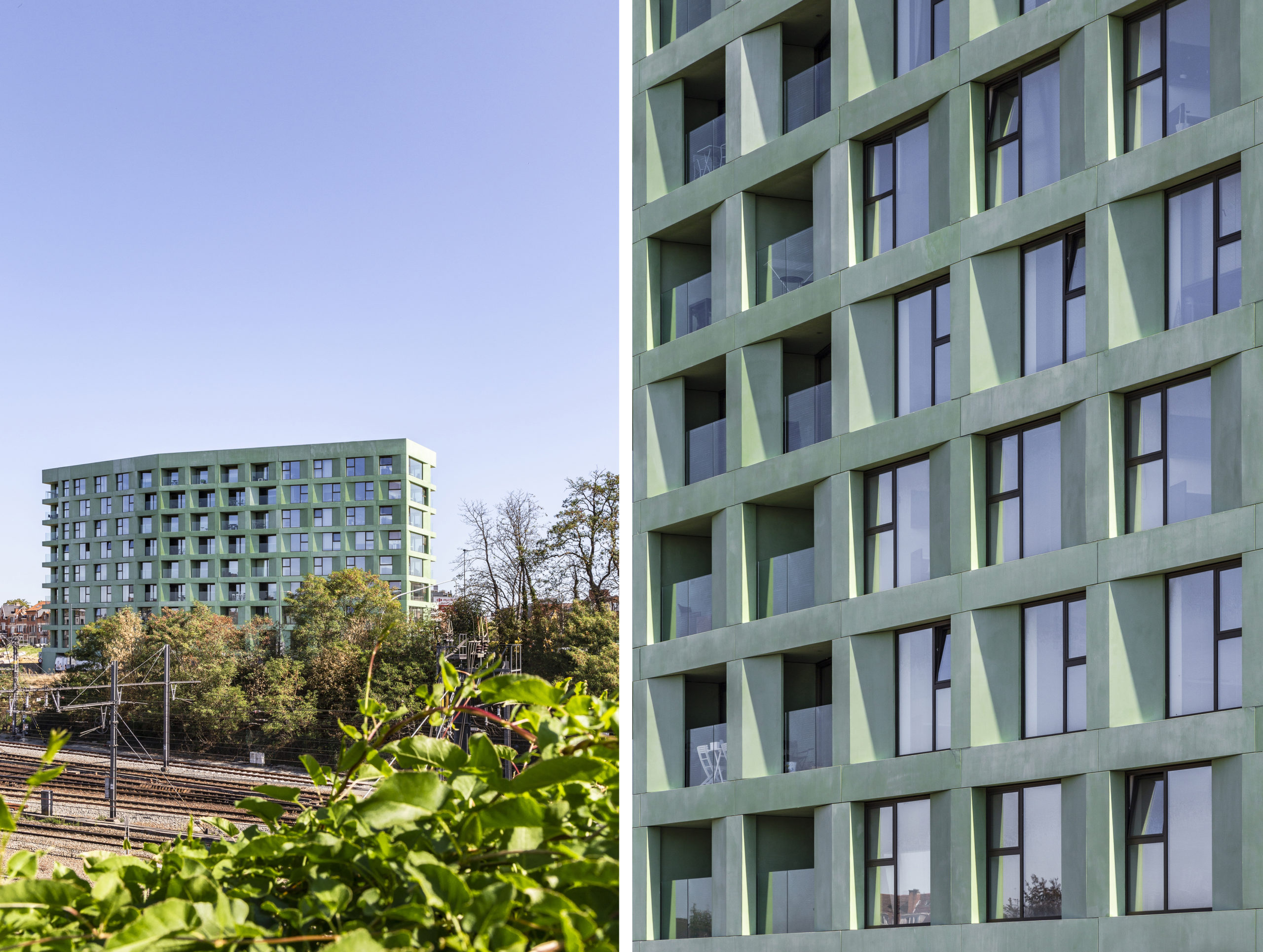

WOODS by Binst Architects, Leuven, Belgium
Leuven is home to one of Europe’s oldest and most renowned universities. The popular, picturesque Belgian city has around 100,000 inhabitants, most of which are young people. Twenty minutes from Brussels, the vibrant city nightlife is well recognized here. Additionally, innovation and technology sectors are thriving, attracting professional talent well beyond the university age with promising work opportunities. The town’s residents cover 171 nationalities and encourage ex-pats to remain with support on housing, social integration and job opportunities.
Many bold and impressive endeavors originate from Leuven’s progressive mayor, Mohamed Ridouani, whose ambitious urbanism policies and strong ideas on sustainability won the city the European capital of innovation in 2020. Ridouani previously introduced policies to clear the city center of cars, creating pedestrian zones and new cycle lanes, and investing in the bus network. The number of journeys made by bicycle rose by 32 percent in a single year.
Porto, Portugal
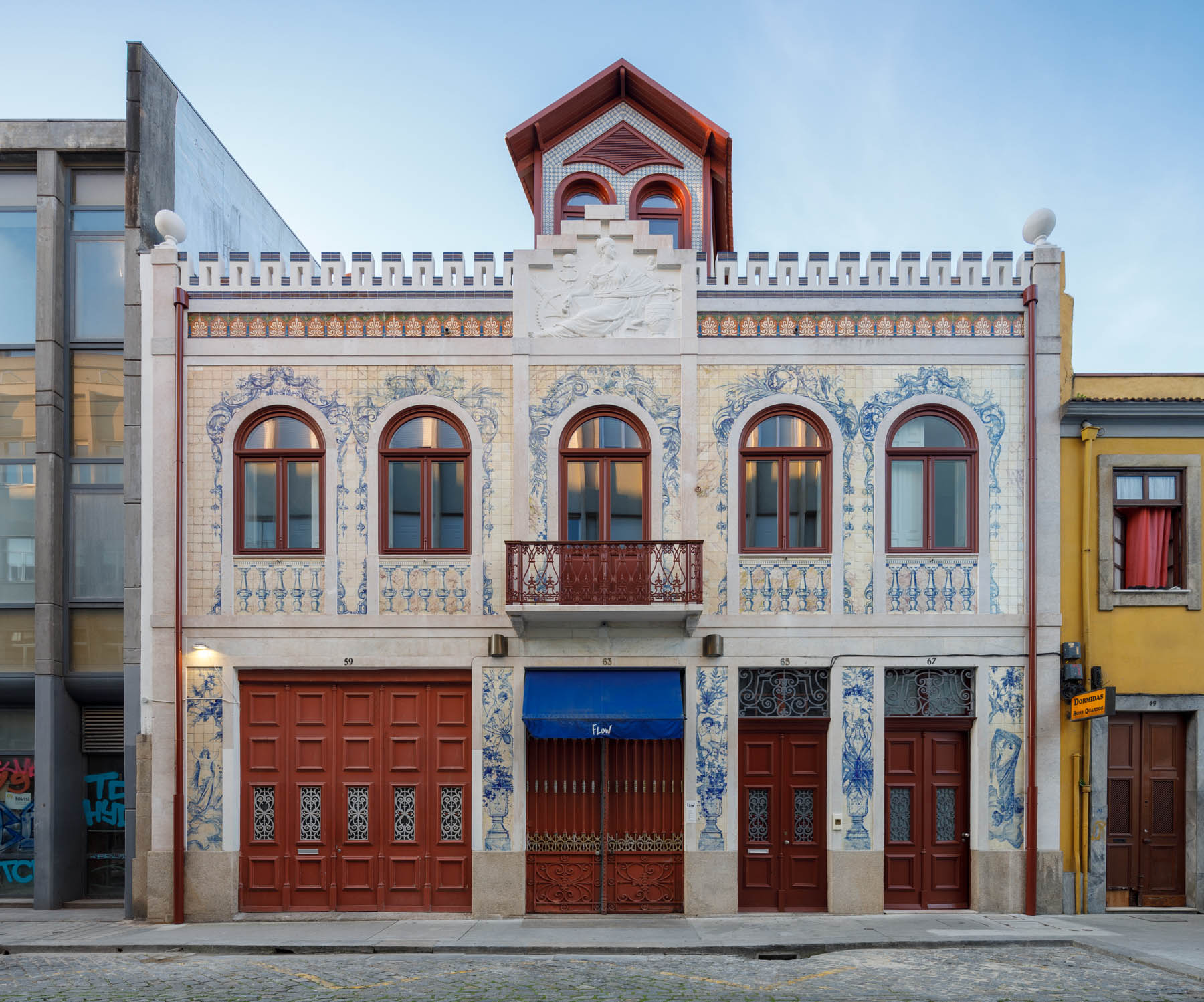
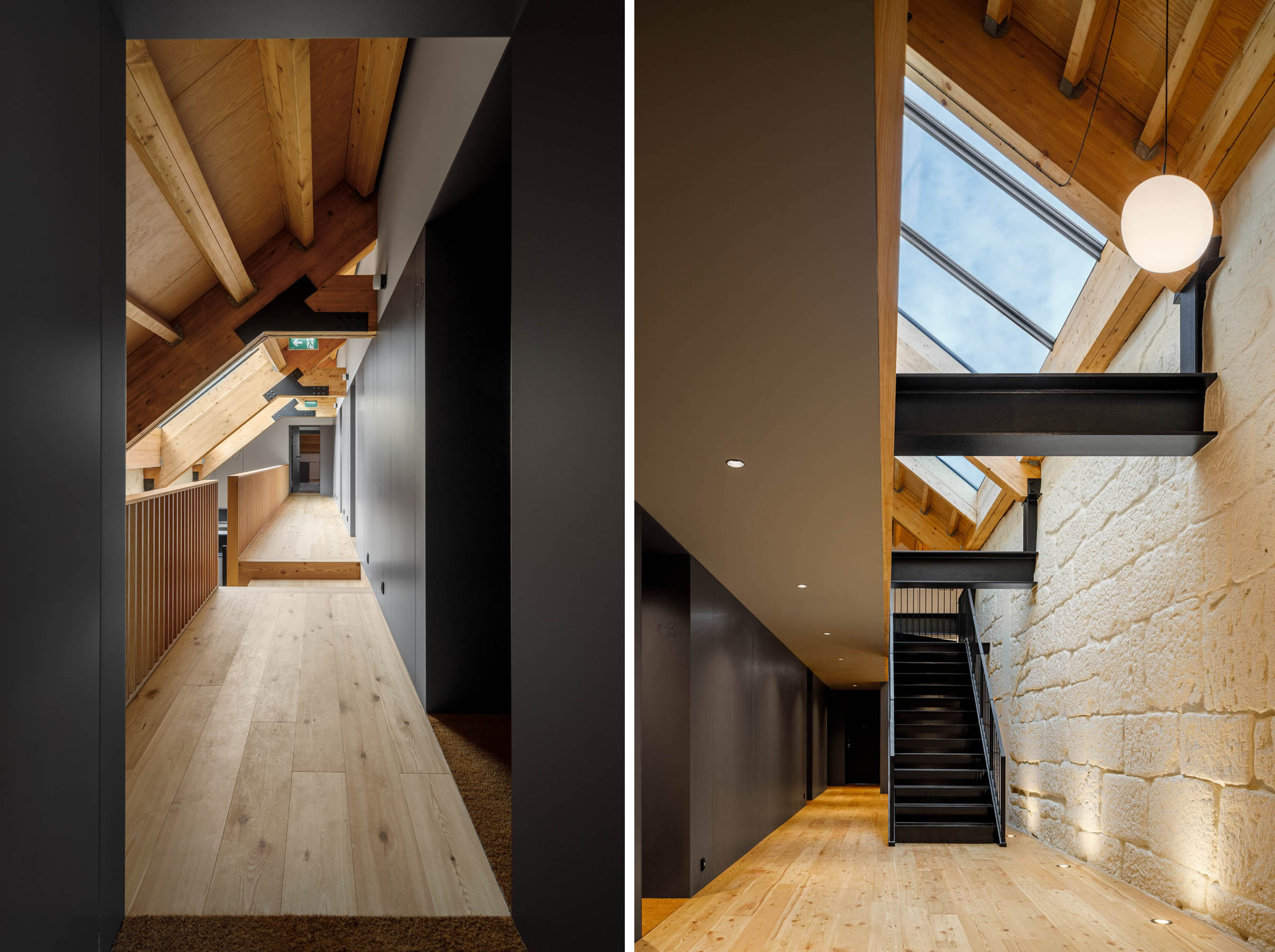
Edifício Fábrica das Devesas by Anarchlab, Porto, Portugal
Porto in Portugal is quite unlike the country’s capital city, Lisbon. The multifaceted city, although similarly charming and historic, has a rhythm of its own that is vibrant and stylish. With around 220,000 inhabitants, the city has always been Portugal’s epicenter for business, and this hardworking community has succeeded in developing the city into a thriving creative hub.
Droves of international designers have long sought Porto for its manufacturing capacity, but creatives are increasingly choosing to move closer to their supply chains, which has resulted in this small city having a huge sense of ambition and personality. Old tiled buildings and once-derelict mansions are now revived into avant-garde galleries reflecting the contemporary attitude of Spain’s cosmopolitan next-door neighbor.
Lausanne, Switzerland


Platforme 10 by Barozzi Veiga, Lausanne, Switzerland
Despite a population of just 140,000, Lausanne is alive with big-city allure. Despite the higher cost of living within the city, most Lausannas residents agree that the higher prices are worth it. Home to the International Olympic Committee — and dozens of its offshoots — there is global importance to this city, complemented by world-renowned education offerings. The École Polytechnique Fédérale specializes in science and engineering, while the École Hôtelière turns out some of the best hospitality graduates in the world. The city is on a hill sloping down to Lake Geneva and has Switzerland’s only metro system, which makes traversing the city simple.
Lausanne is home to many incredible buildings, including Plateforme 10, Switzerland’s long-awaited and most extensive cultural development in years. The impressive building is comprised of the Cantonal Museum of Fine Arts (MCBA), the Cantonal Museum of Contemporary Design and Applied Arts (MUDAC) and the Cantonal Museum for Photography (Photo Elysée)
West Sacramento, CA, United States
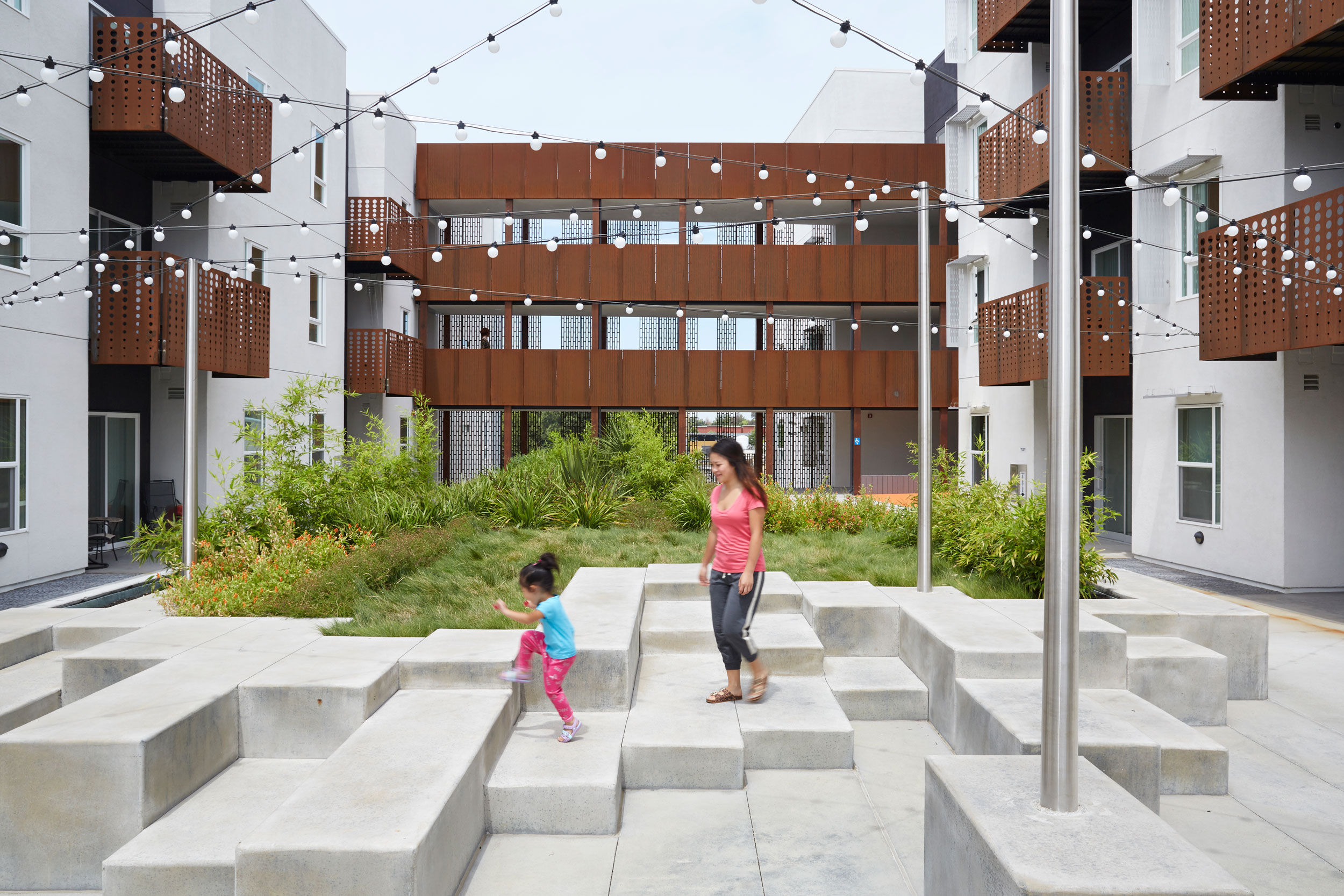

The Rivermark by FLETCHER STUDIO Landscape Architecture + Urban Design, West Sacramento, California
West Sacramento is an old industrial zone at the core of the Sacramento region in California. During deindustrialization, the municipality at California’s core was forgotten and abandoned. It could have been redeveloped or regenerated in a way that so many other large industrial areas in America have been: by being bought up and built on by a single developer. Yet, today it is a prosperous city that has become a fascinating story of regeneration in the most fundamental way. The city boasts a broad and successful urbanism that supports considerate housing schemes such as subsidized housing alongside and within affluent neighborhoods and areas that also encourage and provide for a broad mix of generations, ensuring an equal distribution of facilities and services amongst all income levels.
While the region has come a long way from its tired past, Sacramento is an example of urbanization that, despite repairing the city’s fundamental issues, has caused alternative problems. The influx of people arriving in the county, desiring to live in the forward-thinking city, has unfortunately left the area with a shortage of around 153,000 homes, an issue across much of the US, and ultimately causing an increase in house prices and homelessness. Thankfully the approval rate for building new developments to reduce that number is encouraging.
The latest edition of “Architizer: The World’s Best Architecture” — a stunning, hardbound book celebrating the most inspiring contemporary architecture from around the globe — is now available. Order your copy today.
